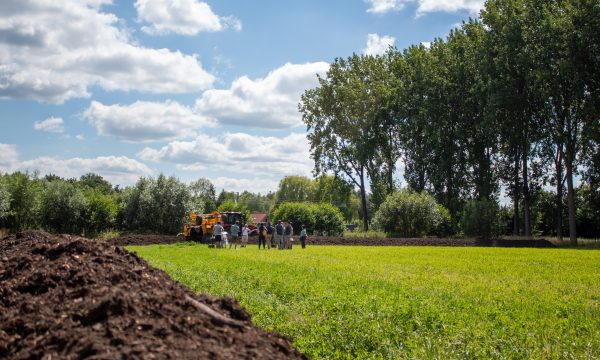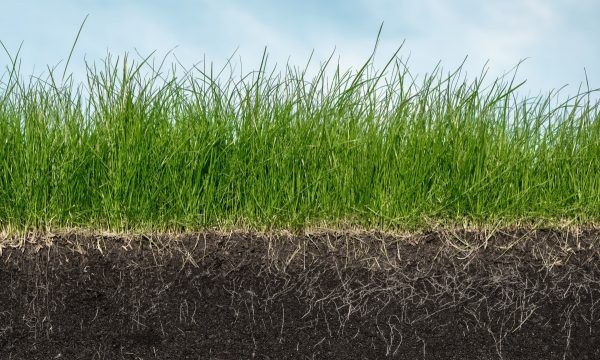Blog ILVO BLOGS: growing agroecological baking wheat at the Experimental Platform for Agroecology in Hansbeke
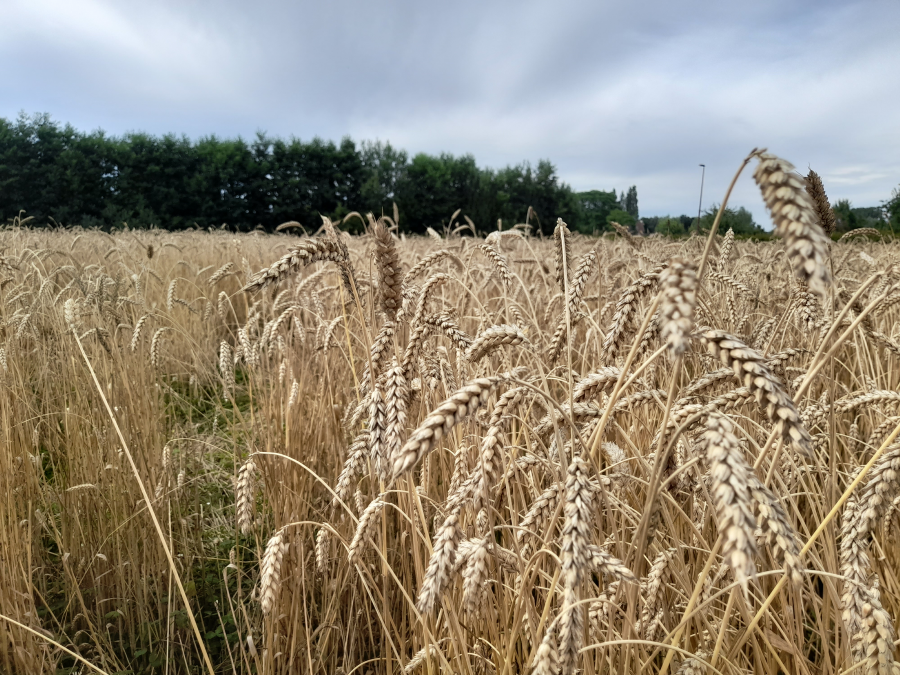
Growing agro-ecological baking wheat in Flanders requires a completely new cultivation system. At the PPAE Hansbeke we are conducting experiments to fine-tune this system. We like to share this process of trial and error with you by describing one season on one plot, starting just after the seed harvest in August until the observation of a crop failure in May.
Proprietary seed from authentic varieties
At the PPAE, we deliberately choose seed from old grain varieties. These grow 130 to 150 cm (up to 180 cm!) tall, which is a lot taller than common varieties that average 90 cm. Taller grain covers the soil better and therefore suppresses weeds better. This avoids the use of pesticides. Another advantage is a greater straw yield due to the longer stalks.Examples of old baking wheat varieties that we have been sowing for several years at the PPAE Hansbeke are:
The long stalks of old cereal varieties have one major disadvantage: the grain falls over more easily in wind or rain (called allochthonous). If the grain stalks touch the ground they get wet and the harvest is lost. To avoid this, a second, sturdier crop is often sown along with the grain.
On the PPAE, field bean is often used for this purpose. Field bean is not only a sturdy plant, but also fixes nitrogen in the soil, which is an important nutrient for the grain. We found that growing winter field beans is delicate. Therefore, be sure to review this cultivation sheet if you want to get started with it.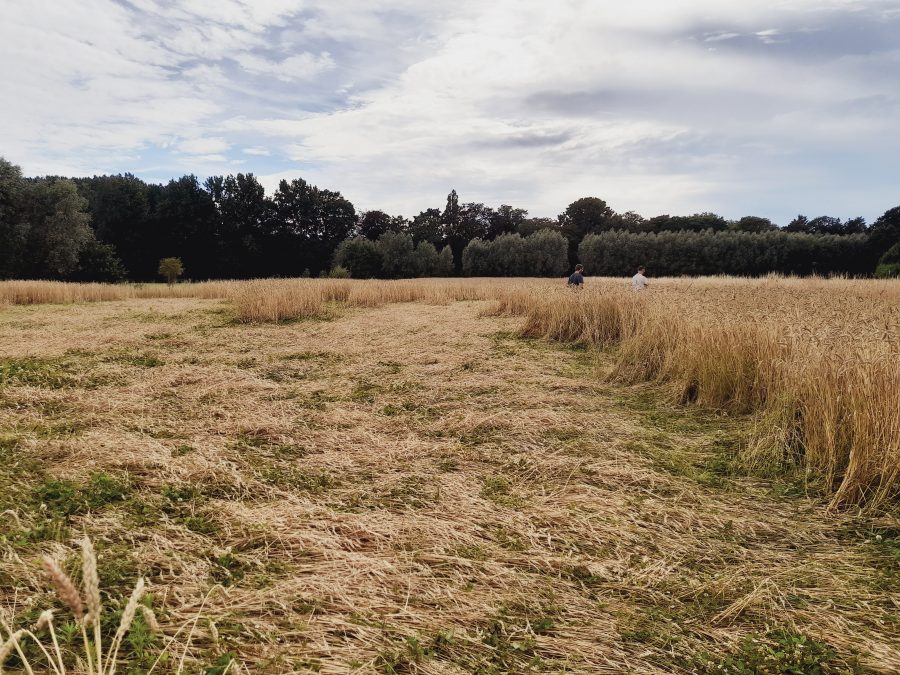
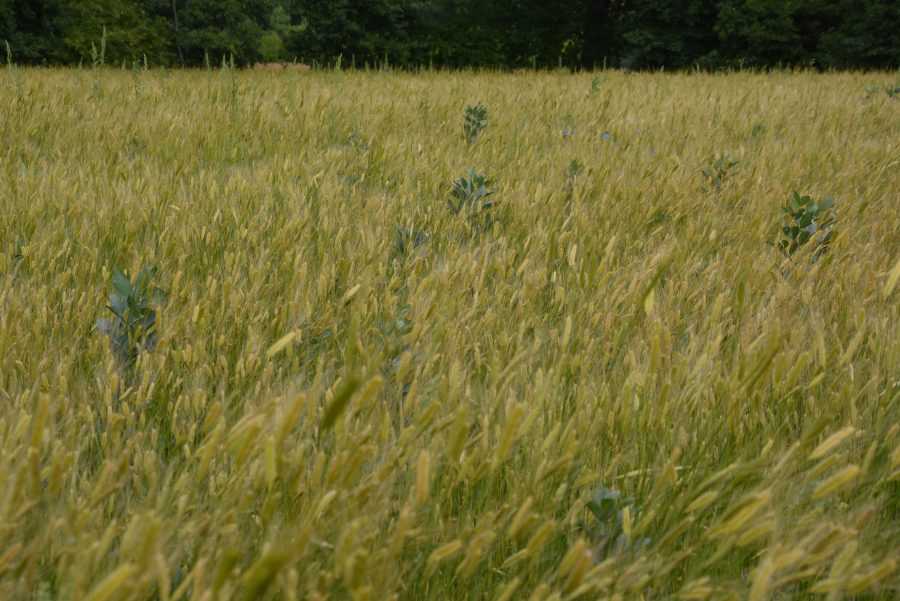
Proprietary seed
The seed of the old grain varieties can hardly be bought anywhere. Therefore, in August 2021, we were looking for someone who could have some of the grain we had just harvested cleaned into seed. This proved more difficult than hoped, but fortunately we were still able to contact Raphael of Les Grands Blés, PHAE's main buyer of grains. Due to the long search, we did not have our own seed until October.
Proper seeding time for fewer weeds
Because we did not have grain seed available until October, the contractor could not sow wheat on plot 24 until Oct. 17, 2021, a month later than planned. Now the wheat had only a few weeks to grow before winter set in. In December, the wheat was still too low and did not fully cover the soil. This gave weeds a chance to grow among the small grain plants. Even after double cribbing, in late 2021 and early 2022, weeds remained in the field.
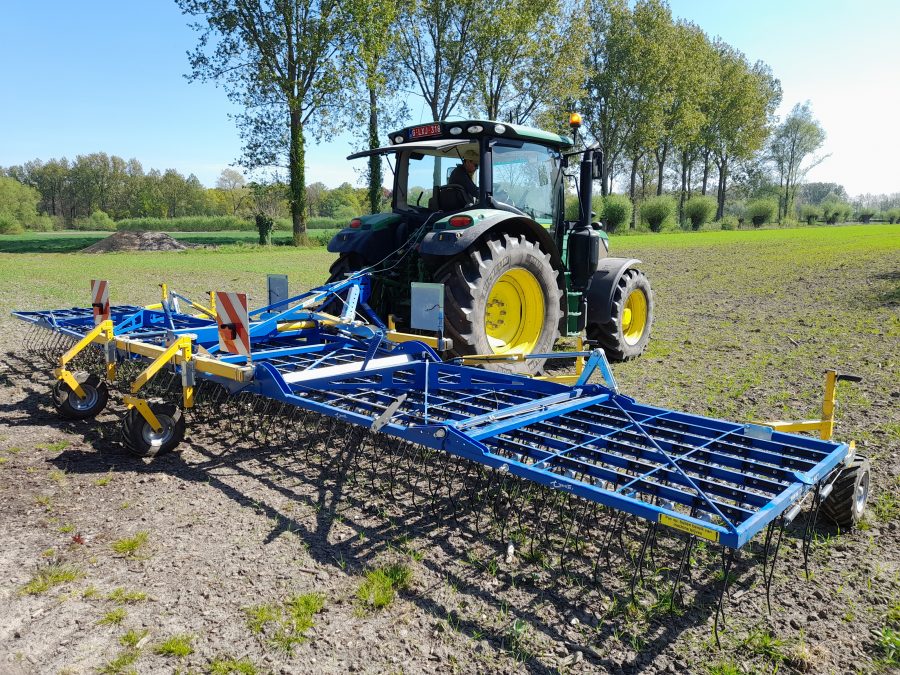
Soil is the basis for success
In addition to late sowing, the grain also remained small due to low availability of nutrients in the soil . This lack was due to several factors:
- The plot has much too low acidity or pH-KCl. Even after liming 2500 kg/ha, the pH-KCl of this plot is still 4.8. For grain on sandy soils, the target zone for pH-KCL is 5.2-5.6. At values lower than 5.2, several nutrients are difficult for the grain to absorb and the grain does not grow as well.
- The sandy soil of this plot retains nutrients more difficult than loamy soils. This makes the plot slightly less suitable for growing grain, a crop that absorbs many nutrients from the soil.
- After two years of cereal cultivation without fertilizer, the availability of nitrogen in the soil was too low for a third year of cereal cultivation.
Read in our next blog how we dealt with the poor development of grain.
Growing grains without fertilizer?
The grain on PPAE gets its nitrogen not from fertilizer, but from a reserve of nitrogen that the previous crop has built up in the soil. On PHAE, that crop is grass clover, a mix of grasses and clovers.
- The clovers, in cooperation with root bacteria, bind nitrogen from the air to the soil. This is the main nutrient for the grain that will grow here.
- The roots of grasses (and clovers) build up organic matter or humus that holds nitrogen in the soil for several years.
Growing grass clover for three to four years builds up enough nitrogen reserves in the soil to grow grain two years in a row without fertilizing!
The grass-clover does receive fertilization. It receives 35 tons of cattle slurry at the beginning of the growing season if the grassland is not torn up. The dairy farmer who mows the grass clover four times a year works his own slurry superficially in with an injection. Sometimes a second fertilizer is given later in the year. This promotes grass growth but disadvantages clover growth.Fertilization is necessary to partially compensate for nutrient runoff with the grass clippings (other than nitrogen).
Experimental Platform for Agroecology in Hansbeke is a collaboration between ILVO, PHAE en RHEA. The 50 ha of organic land offer a unique experimentation space for agroecological principles. We regularly blog about these experiments via the ILVO website and social media.

